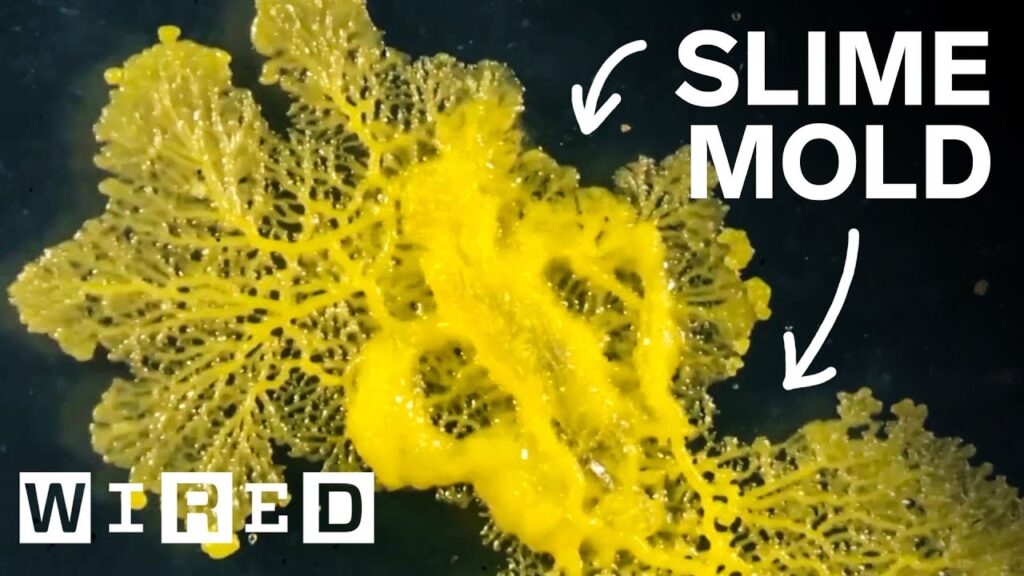Hacking Scenes in Movies and TV Shows: Accuracy and Realism
Summary
In this article, we explore various hacking scenes from movies and TV shows and discuss their accuracy and realism. The speaker offers insights into the feasibility of certain hacking techniques and shares personal experiences related to cybersecurity.
Table of Contents
- Realistic and Unrealistic Hacking Scenarios in Movies and TV Shows
- Feasibility of Hacking Techniques
- Differentiating Between Viruses and Worms
- Personal Story of Accidentally Releasing a Worm
- Realistic Computer Commands in Movies and TV Shows
- Conclusion
Realistic and Unrealistic Hacking Scenarios in Movies and TV Shows
The speaker notes that some hacking scenes in movies and TV shows are unrealistic, such as the loading bar in hacking scenes, which is usually not very accurate. However, other scenes, such as the one in which Darlene uses Mags Boot to unlock a hotel room, are entirely feasible. In “Ralph Breaks the Internet”, a malicious system duplicates Ralph’s insecurities and takes over websites, interfering with people’s web browsers, which is an unrealistic scenario. In “V for Vendetta”, someone takes over a TV station and a billboard, which is possible as they already have the capability to override the video. In “Fight for Your Life”, the possibility of hacking autonomous vehicles and arbitrarily choosing cars to take over is unlikely as it requires a lot of effort and is typically a targeted attack.
Feasibility of Hacking Techniques
The speaker discusses various topics related to cybersecurity and hacking in this transcript. They mention a phishing attack that involves tricking someone into clicking a link that activates their webcam, but note that this type of attack is difficult to execute and can be quickly discovered and patched. They also differentiate between viruses and worms, with the latter being a type of malware that can spread without user action. The speaker suggests using a device like a Raspberry Pi computer connected to a solar panel to connect to nearby free Wi-Fi and act as a proxy.
Differentiating Between Viruses and Worms
Viruses require user action to spread, such as clicking on a link or downloading an infected file. Worms, on the other hand, can spread without user action and can replicate themselves across networks. The speaker notes that worms can cause significant damage and advises against releasing them intentionally or accidentally.
Personal Story of Accidentally Releasing a Worm
The speaker shares a personal story about accidentally releasing a worm on MySpace and being banned from using the internet for several years. They highlight the importance of being responsible and ethical when it comes to cybersecurity and hacking.
Realistic Computer Commands in Movies and TV Shows
The speaker comments on a scene from a movie or TV show where characters are running realistic commands on a computer. They note that these scenes can be accurate, but they can also be misleading as they may not show the full picture of what is happening.
Conclusion
In conclusion, hacking scenes in movies and TV shows can range from unrealistic to entirely feasible. The speaker offers insights into the feasibility of certain hacking techniques and shares personal experiences related to cybersecurity. They highlight the importance of being responsible and ethical when it comes to cybersecurity and hacking.







